Home>Technology>Smart Home Devices>What Is A Printhead On A Printer
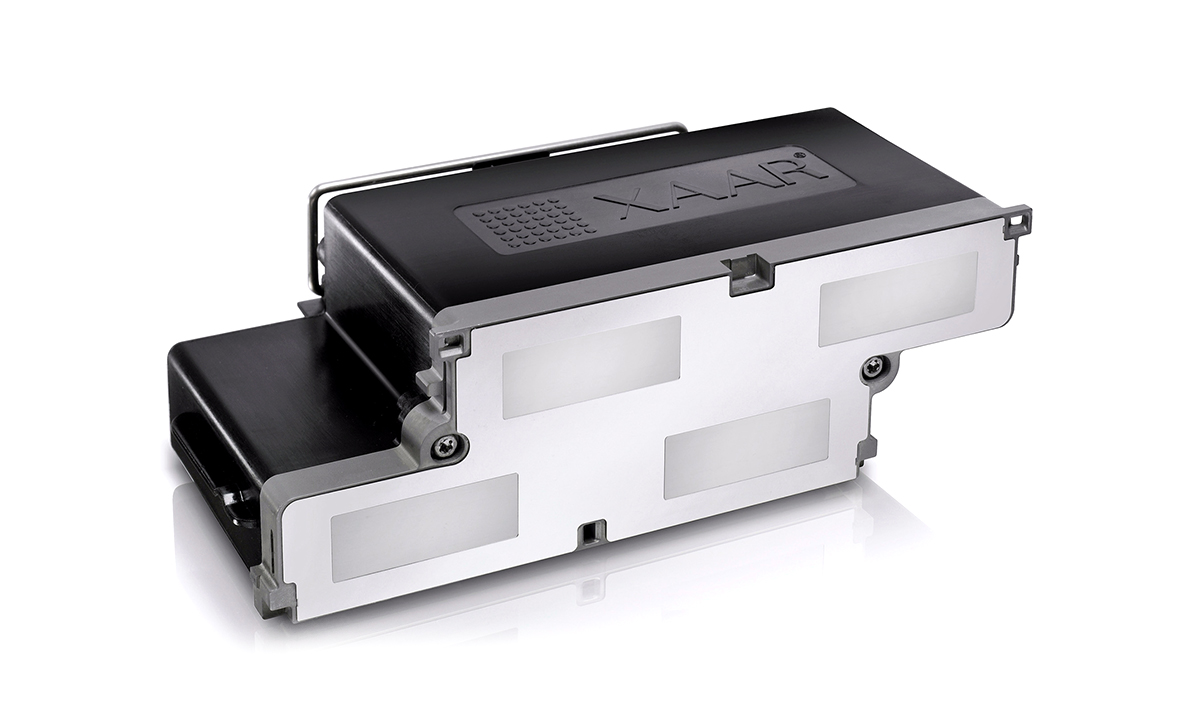

Smart Home Devices
What Is A Printhead On A Printer
Modified: August 17, 2024
Learn about the printhead on a printer and its role in producing high-quality prints. Explore how smart home devices are revolutionizing printing technology. Discover tips for maintaining and troubleshooting printheads.
(Many of the links in this article redirect to a specific reviewed product. Your purchase of these products through affiliate links helps to generate commission for Storables.com, at no extra cost. Learn more)
**
Introduction
**
Welcome to the world of printing technology, where precision and innovation converge to bring your ideas to life on paper. At the heart of every printer lies a crucial component known as the printhead. Whether you're a seasoned professional or a casual user, understanding the printhead's role is essential for optimizing print quality and maintaining the longevity of your printer.
In this comprehensive guide, we'll delve into the intricate workings of printer printheads, exploring their types, functionality, and maintenance. By the end of this journey, you'll have gained a deeper appreciation for this often-overlooked yet indispensable component of modern printing devices.
Let's embark on this enlightening exploration of printer printheads, unraveling the mysteries behind their operation and learning how to ensure their peak performance. Whether you're a home user, a small business owner, or a printing enthusiast, this knowledge will empower you to make informed decisions and maximize the potential of your printing endeavors.
**
Key Takeaways:
- Printer printheads are essential for turning digital data into tangible prints, and understanding their types and maintenance can help optimize print quality and extend the lifespan of your printer.
- Regular cleaning, using genuine ink cartridges, and addressing printhead issues promptly are crucial for preserving print quality, extending printhead lifespan, and maximizing printer performance.
Read more: What Is IPP Printer
Overview of Printer Printheads
**
Before we delve into the intricacies of printer printheads, let’s grasp the fundamental concept. The printhead serves as the primary component responsible for transferring digital data into tangible prints. It functions as the gateway through which ink is dispersed onto the printing medium, be it paper, fabric, or other materials.
Printheads are integral to both inkjet and laser printers, albeit in different forms. In inkjet printers, the printhead orchestrates the precise ejection of ink droplets onto the paper, resulting in the formation of text, images, or graphics. On the other hand, laser printers utilize a toner cartridge and a laser to create electrostatic images on a photosensitive drum, which are then fused onto the paper through a heating process.
Understanding the distinction between thermal and piezoelectric printheads is pivotal. Thermal printheads, commonly found in inkjet printers, employ heat to vaporize the ink and propel it onto the paper. In contrast, piezoelectric printheads utilize electrically charged crystals to expel ink droplets, offering a more precise and controlled printing process.
Moreover, the evolution of printhead technology has witnessed remarkable advancements, leading to enhanced print quality, faster printing speeds, and greater efficiency. From the early dot matrix printers to the modern inkjet and laser printers, the role of the printhead has evolved to meet the ever-growing demands of consumers and businesses.
As we embark on this exploration, we’ll unravel the nuances of printhead engineering, the diverse types of printheads, and the pivotal role they play in the seamless functioning of printers. With this foundational understanding, we can delve deeper into the mechanics of printheads and gain insight into how they contribute to the captivating world of printing technology.
**
Types of Printheads
**
When it comes to printer technology, a diverse array of printhead types exists, each offering distinct advantages and catering to specific printing requirements. Understanding these variations is essential for selecting the most suitable printer for your needs and ensuring optimal performance.
1. Thermal Printheads: Widely utilized in inkjet printers, thermal printheads rely on heat to vaporize ink and propel it onto the printing medium. This method facilitates rapid and precise ink deposition, resulting in high-quality prints with vibrant colors and sharp details. Thermal printheads are renowned for their efficiency and versatility, making them a popular choice for home and office use.
2. Piezoelectric Printheads: In contrast to thermal printheads, piezoelectric printheads leverage the piezoelectric effect, wherein electrically charged crystals deform and expel ink droplets onto the paper. This mechanism enables exceptional control over droplet size and placement, leading to impeccable print accuracy and consistency. Piezoelectric printheads are favored for their ability to accommodate a wide range of ink viscosities, making them ideal for specialized printing applications.
3. Micro-Electro-Mechanical Systems (MEMS) Printheads: These cutting-edge printheads integrate microfabrication techniques to create miniature nozzles and chambers, resulting in compact, high-density printheads. MEMS technology enables the production of ultra-small droplets, leading to superior print resolution and image fidelity. This innovation has revolutionized inkjet printing, paving the way for intricate designs, fine text, and lifelike photographic reproductions.
4. Laser Printheads: Laser printers employ a different approach, utilizing a laser beam to create electrostatic images on a photosensitive drum, which are then transferred and fused onto the paper. This method offers exceptional speed and precision, making laser printers a preferred choice for high-volume printing tasks in professional settings.
By familiarizing ourselves with these printhead variations, we gain insight into the diverse capabilities and applications of modern printing technology. Whether you seek vibrant color prints, precise text reproduction, or rapid document processing, the choice of printhead type significantly influences the performance and output of your printer.
**
When cleaning a printhead on a printer, use a lint-free cloth and alcohol to gently wipe away any dried ink or debris. Be careful not to damage the delicate components.
How Printheads Work
**
Delving into the inner workings of printer printheads unveils a fascinating blend of precision engineering and innovative technology. Whether it’s the controlled ejection of ink droplets or the precise modulation of laser beams, printheads play a pivotal role in transforming digital data into tangible prints with remarkable accuracy and finesse.
Let’s explore the operational mechanisms of the two primary printhead types: thermal and piezoelectric.
Thermal Printheads: In inkjet printers equipped with thermal printheads, the process commences with the receipt of digital print data. As the printer interprets the data, it signals the printhead to heat specific chambers containing ink. The intense heat causes the ink to vaporize, creating pressure that propels the ink droplets onto the paper. This rapid and precise ejection of ink results in the formation of text, images, or graphics, with the controlled application of heat ensuring consistent and accurate print quality.
Piezoelectric Printheads: Piezoelectric printheads operate on a different principle, harnessing the piezoelectric effect to expel ink droplets. When an electrical charge is applied to the crystals within the printhead, they deform, exerting pressure on the ink and propelling it through the nozzles onto the printing medium. This mechanism enables precise control over droplet size and placement, allowing for exceptional print accuracy and the reproduction of intricate details with unparalleled finesse.
Laser Printheads: Laser printers employ a distinct approach, utilizing a laser beam to create electrostatic images on a photosensitive drum. The laser selectively charges areas on the drum, which attract toner particles. As the drum rotates, it transfers the toner onto the paper, which is then fused through a heating process to create the final print. This method ensures swift and precise printing, making laser printers a preferred choice for high-volume document processing.
Understanding the operational intricacies of printheads unveils the meticulous orchestration of digital data translation and ink deposition, culminating in the creation of vivid prints with exceptional clarity and detail. Whether it’s the controlled application of heat in thermal printheads or the precise modulation of piezoelectric crystals, the synergy of technology and precision engineering defines the remarkable functionality of printer printheads.
**
Maintenance and Troubleshooting
**
Ensuring the optimal performance and longevity of printer printheads necessitates proactive maintenance and adept troubleshooting practices. By adhering to these guidelines, you can mitigate potential issues, preserve print quality, and extend the lifespan of your printer.
1. Regular Cleaning: Printheads are susceptible to ink residue buildup, which can impede ink flow and compromise print quality. Periodic cleaning, either through the printer’s maintenance utility or manually using specialized cleaning solutions, helps prevent clogging and ensures consistent ink dispersion.
2. Use Genuine Ink Cartridges: Utilizing authentic, manufacturer-recommended ink cartridges is crucial for maintaining printhead performance. Substandard or incompatible inks can lead to printhead clogging, affecting print quality and potentially causing irreparable damage.
3. Print Regularly: For inkjet printers, regular usage is beneficial as it prevents the ink from drying and clogging the nozzles. If the printer is not frequently used, initiating a cleaning cycle or printing a test page at regular intervals helps maintain printhead functionality.
4. Troubleshooting Clogged Printheads: In the event of print quality issues such as streaks, missing lines, or faded colors, running the printer’s cleaning cycle can often rectify minor printhead clogs. If the problem persists, manual cleaning using lint-free cloths and specialized cleaning solutions may be necessary.
5. Professional Servicing: In cases of persistent printhead issues or mechanical malfunctions, seeking professional servicing from authorized technicians is advisable. Trained professionals can diagnose and rectify complex printhead problems, ensuring the printer’s optimal functionality.
6. Environmental Considerations: Maintaining an optimal printing environment, free from excessive dust, temperature extremes, and humidity fluctuations, contributes to prolonged printhead and printer performance.
By incorporating these maintenance practices into your printing routine and promptly addressing any emerging issues, you can safeguard the efficiency and reliability of your printer’s printheads. Proactive maintenance not only preserves print quality but also minimizes the likelihood of costly repairs and downtime, allowing you to enjoy consistent and exceptional printing results.
**
Read more: What Is An Inkjet Printer
Conclusion
**
Embarking on this journey through the realm of printer printheads has unveiled the intricate interplay of technology, precision engineering, and proactive maintenance. From thermal and piezoelectric printheads to the innovative advancements in print resolution and speed, the evolution of printhead technology continues to redefine the boundaries of printing excellence.
As we navigate the diverse landscape of printing devices, the pivotal role of printheads in translating digital data into tangible prints becomes increasingly apparent. Whether it’s the vibrant hues of a meticulously rendered photograph or the crisp clarity of a meticulously printed document, the printhead serves as the conduit through which digital visions materialize into captivating reality.
Furthermore, the significance of proactive maintenance and troubleshooting cannot be overstated. By embracing regular cleaning, utilizing genuine ink cartridges, and promptly addressing printhead issues, users can preserve print quality, extend printhead lifespan, and optimize the performance of their printers.
Armed with this knowledge, users and businesses alike can make informed decisions when selecting printers, ensuring that the chosen device aligns with their specific printing needs and quality expectations. Whether it’s the swift precision of a laser printer or the vibrant versatility of an inkjet, understanding the nuances of printhead technology empowers users to harness the full potential of their printing endeavors.
As we bid adieu to this exploration, let’s carry forth this newfound understanding, recognizing the indispensable role of printer printheads in transforming digital concepts into tangible masterpieces. Whether it’s the marvel of high-resolution prints or the efficiency of rapid document processing, the printhead stands as a testament to the seamless fusion of technology and creativity, enriching our lives one print at a time.
Frequently Asked Questions about What Is A Printhead On A Printer
Was this page helpful?
At Storables.com, we guarantee accurate and reliable information. Our content, validated by Expert Board Contributors, is crafted following stringent Editorial Policies. We're committed to providing you with well-researched, expert-backed insights for all your informational needs.
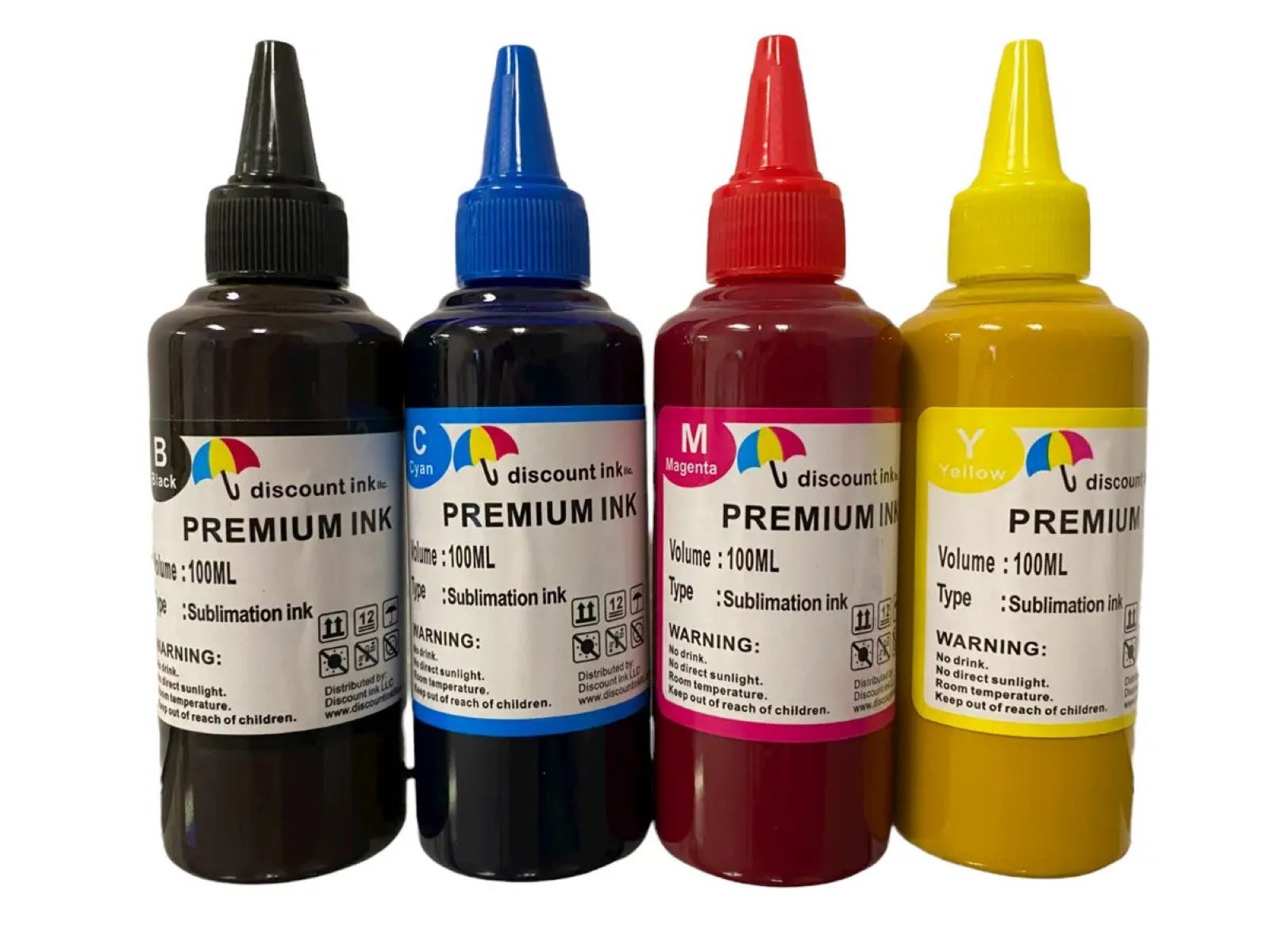
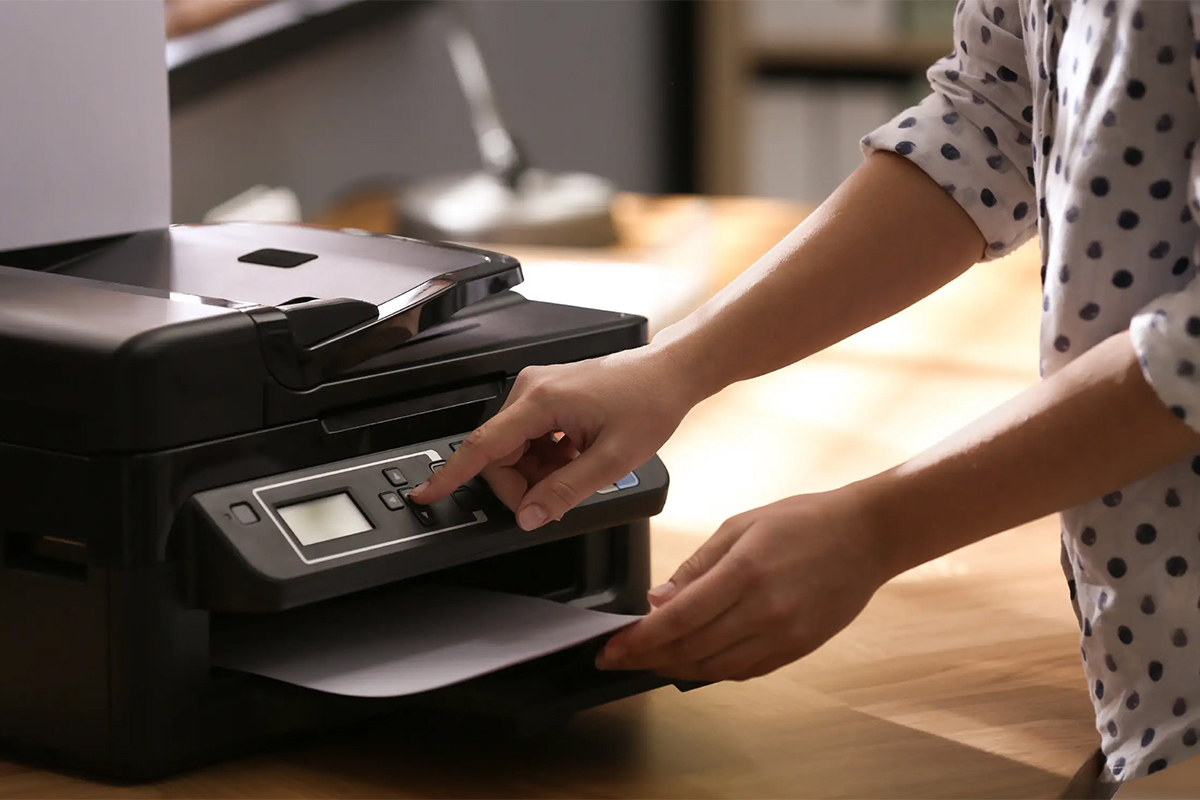
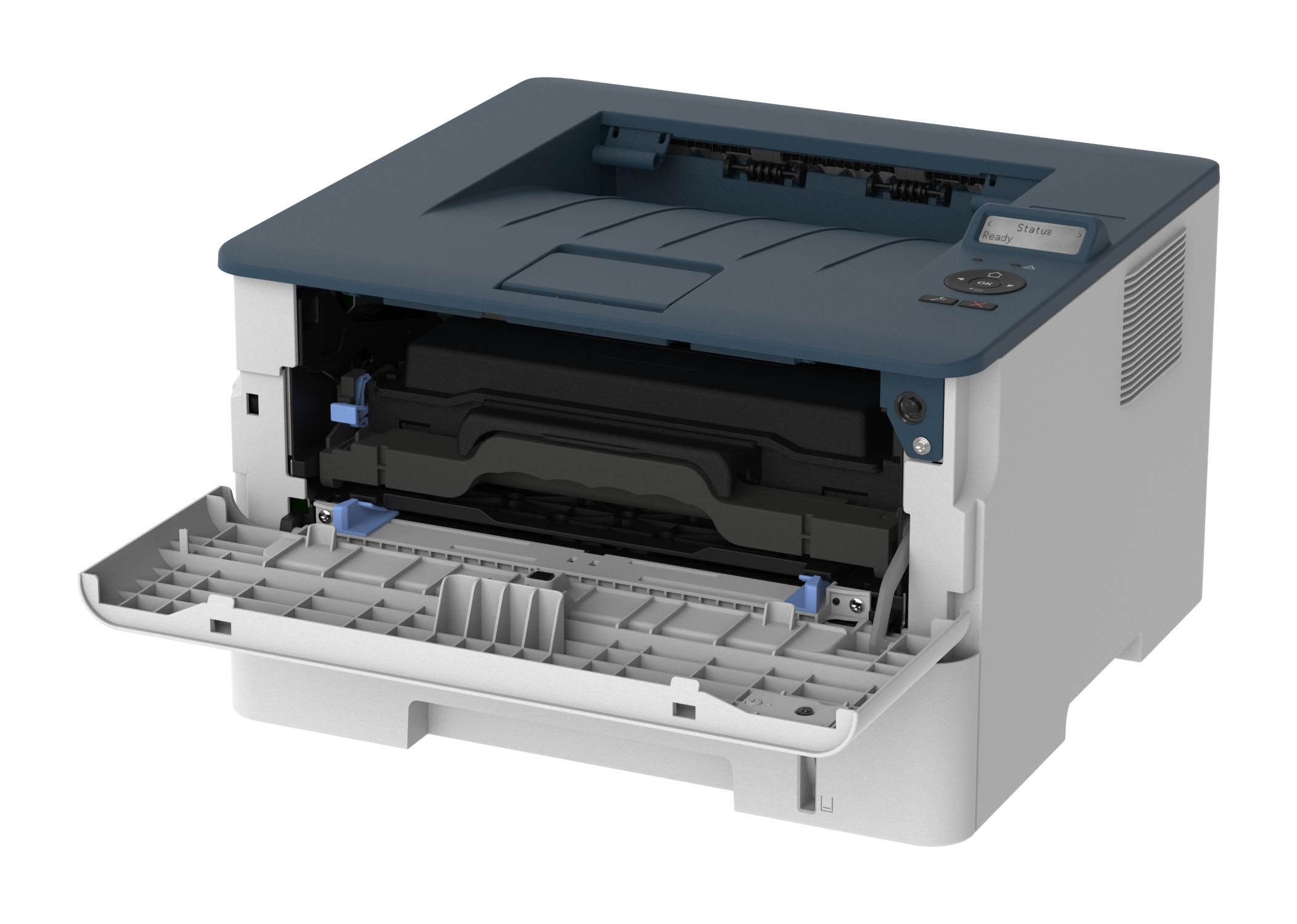


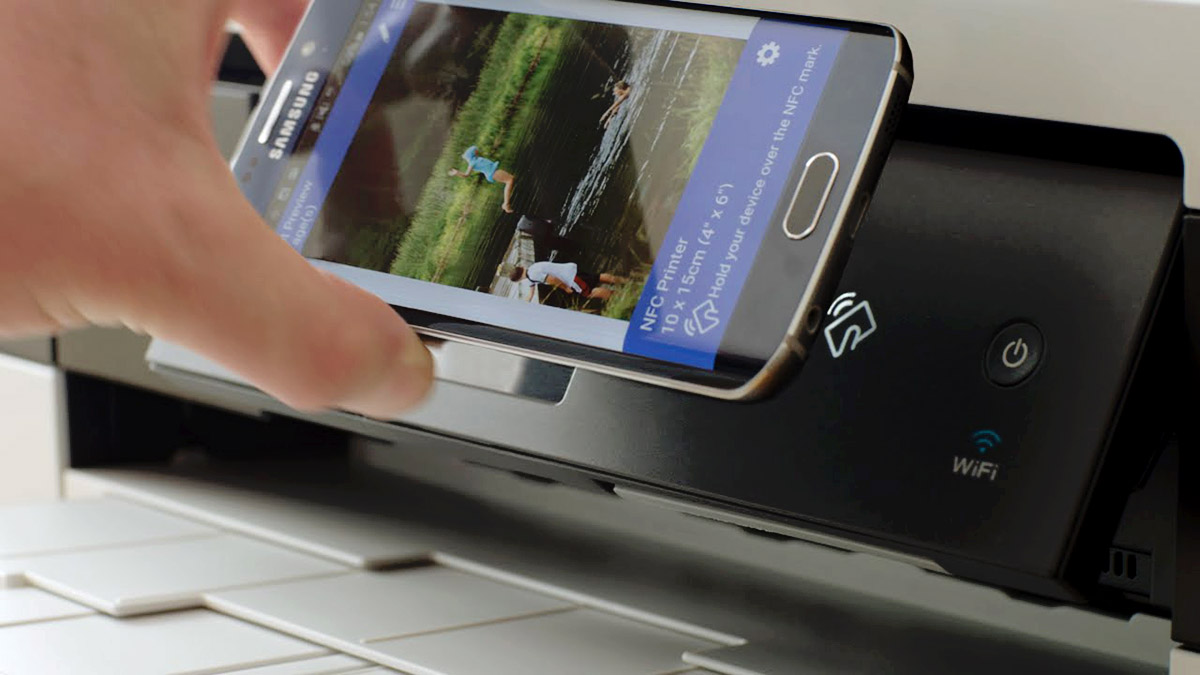

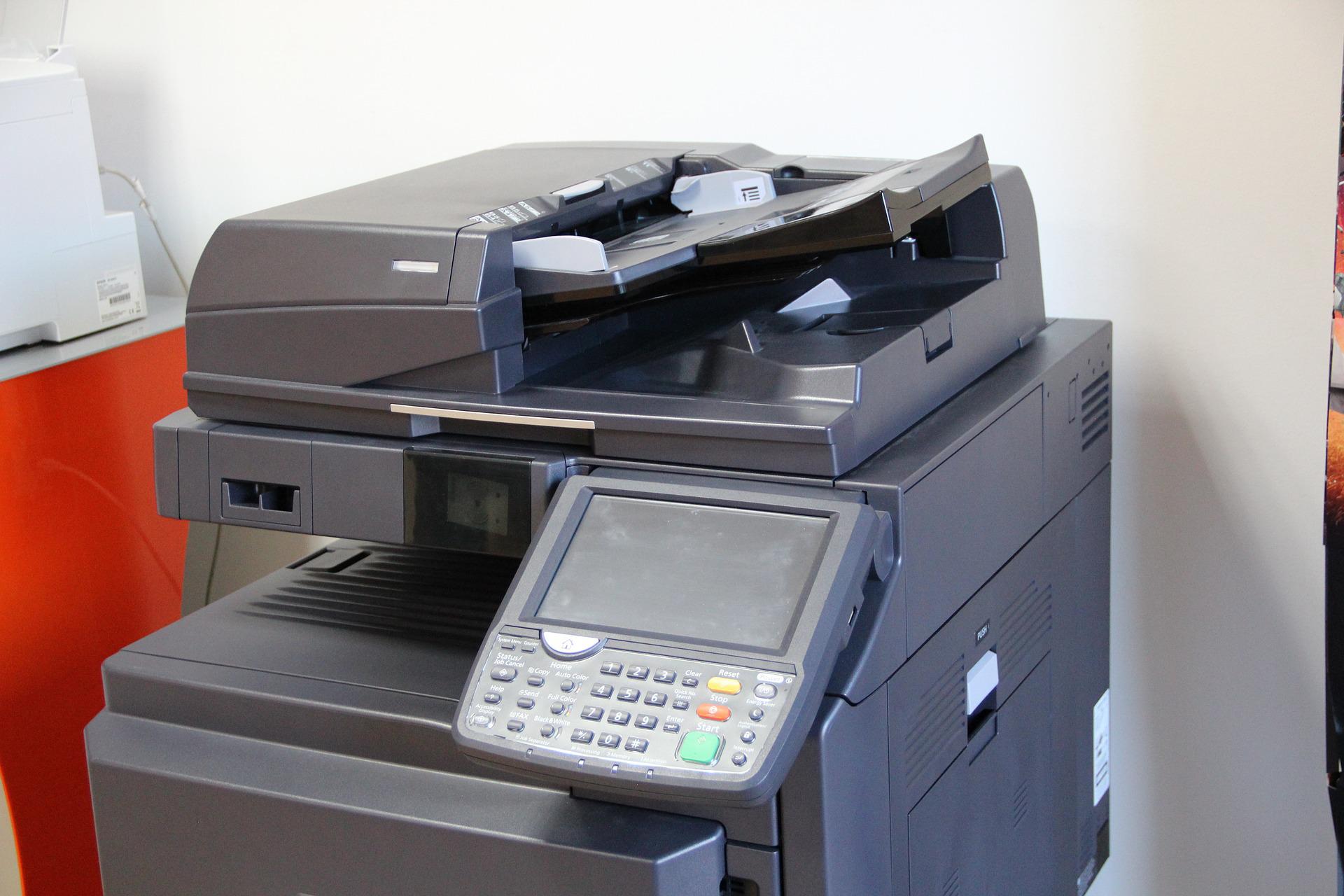
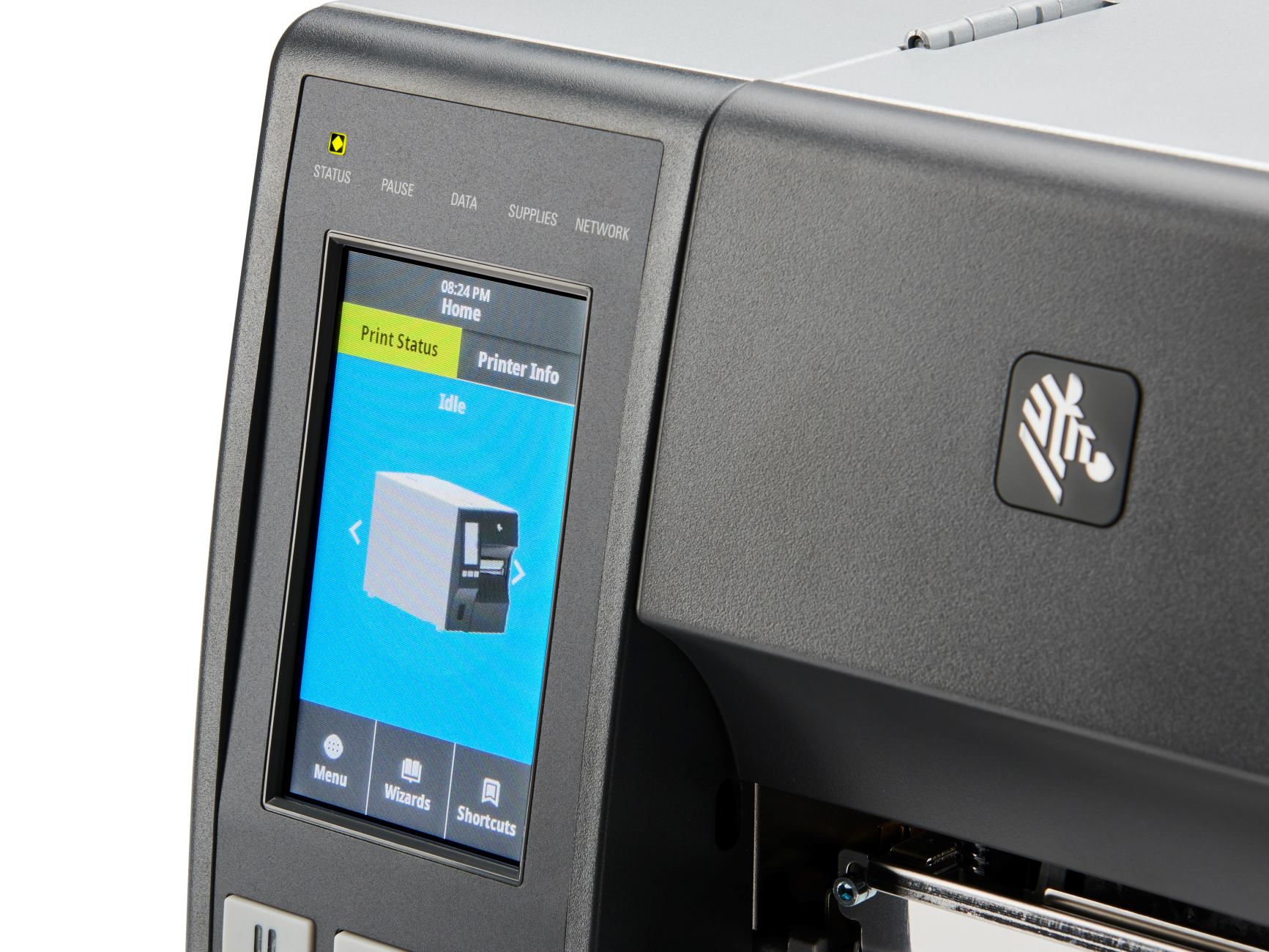
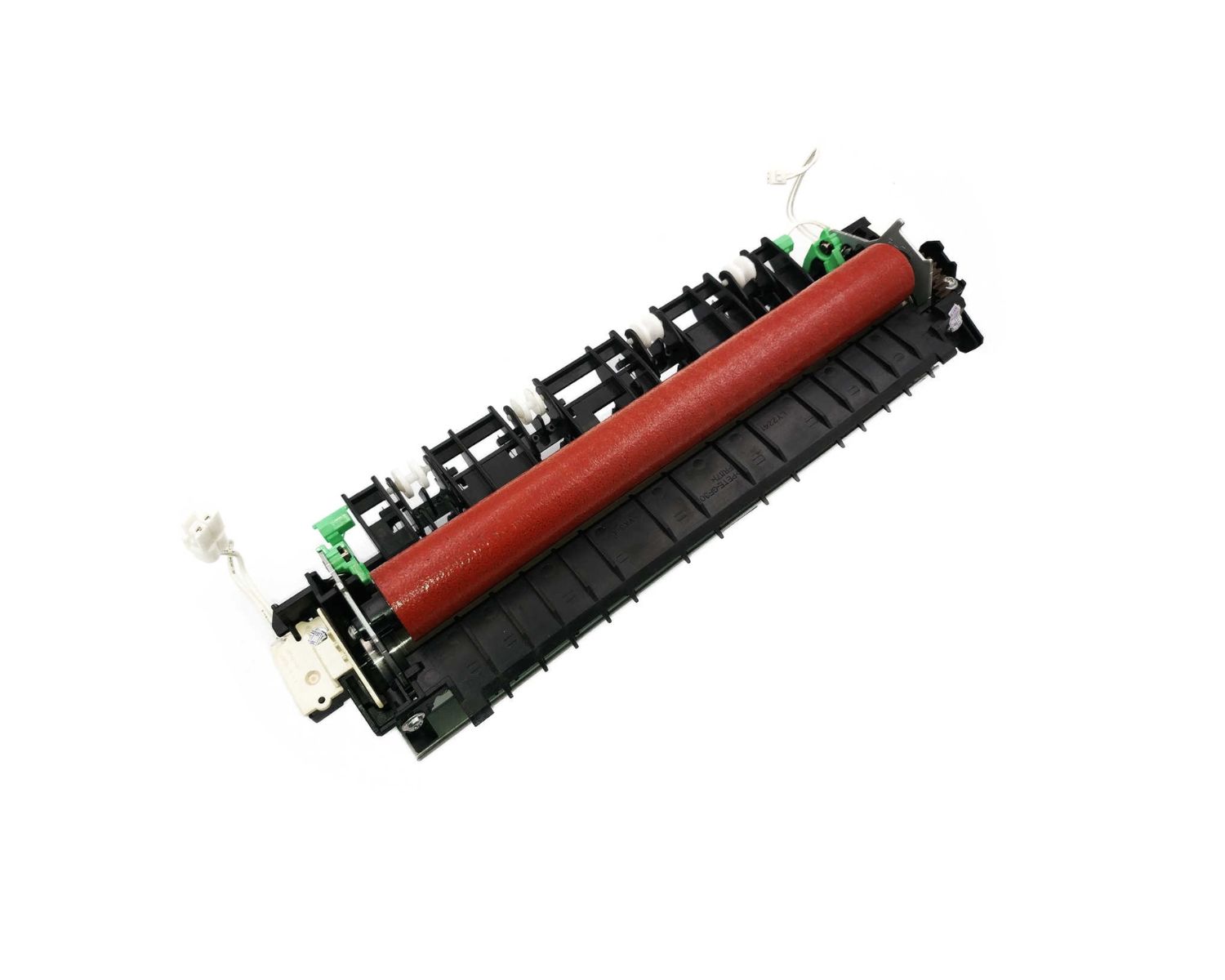
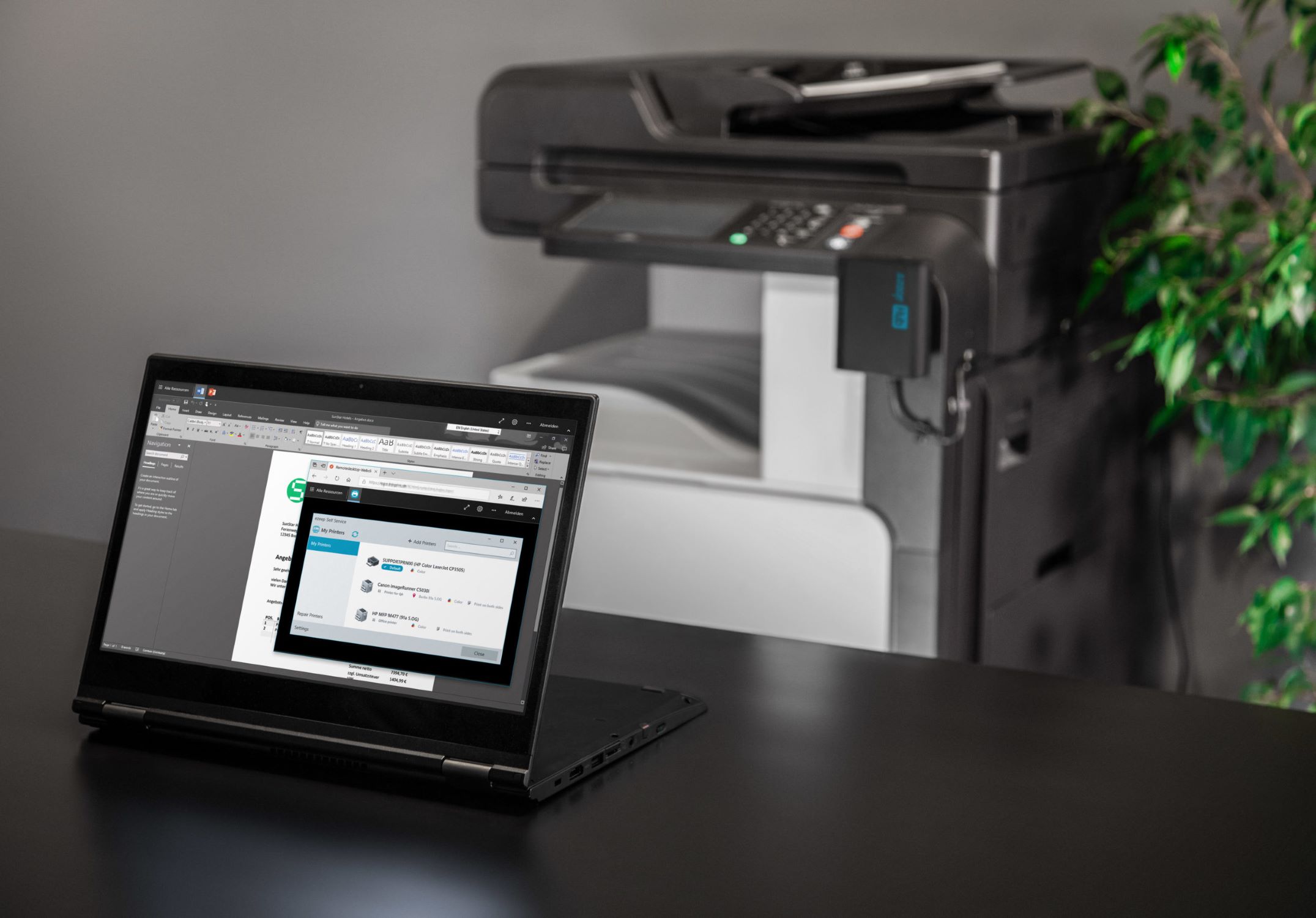
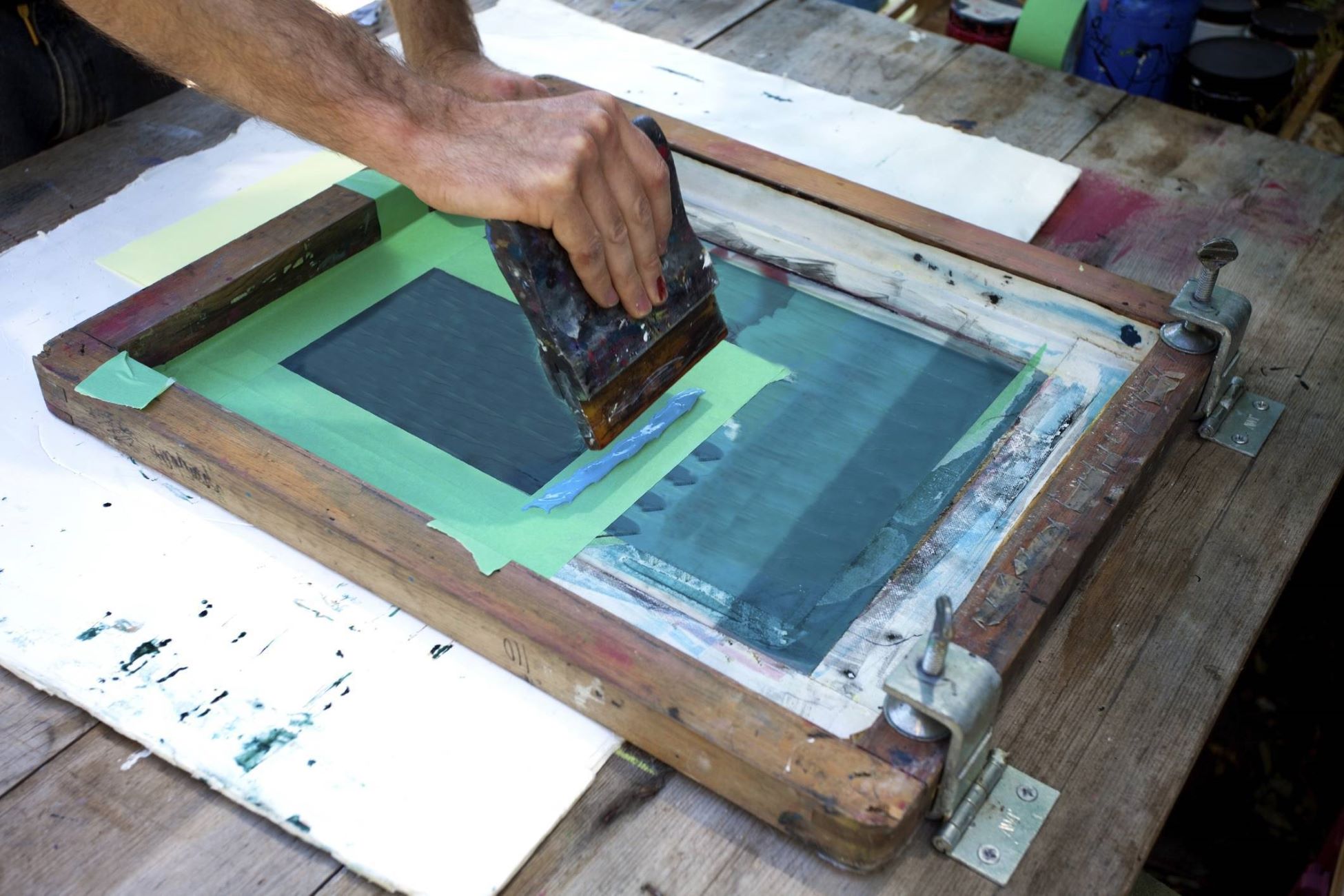
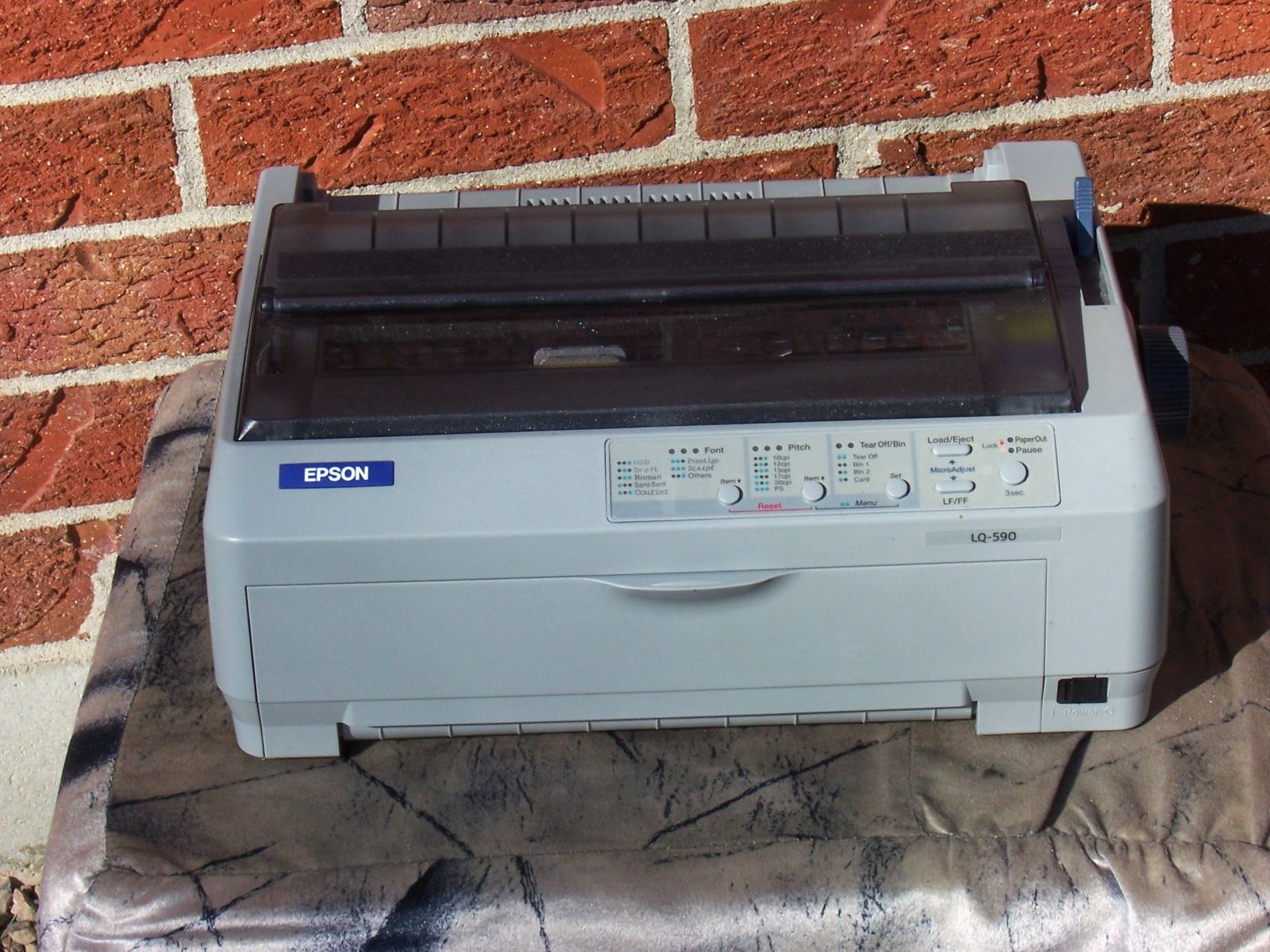
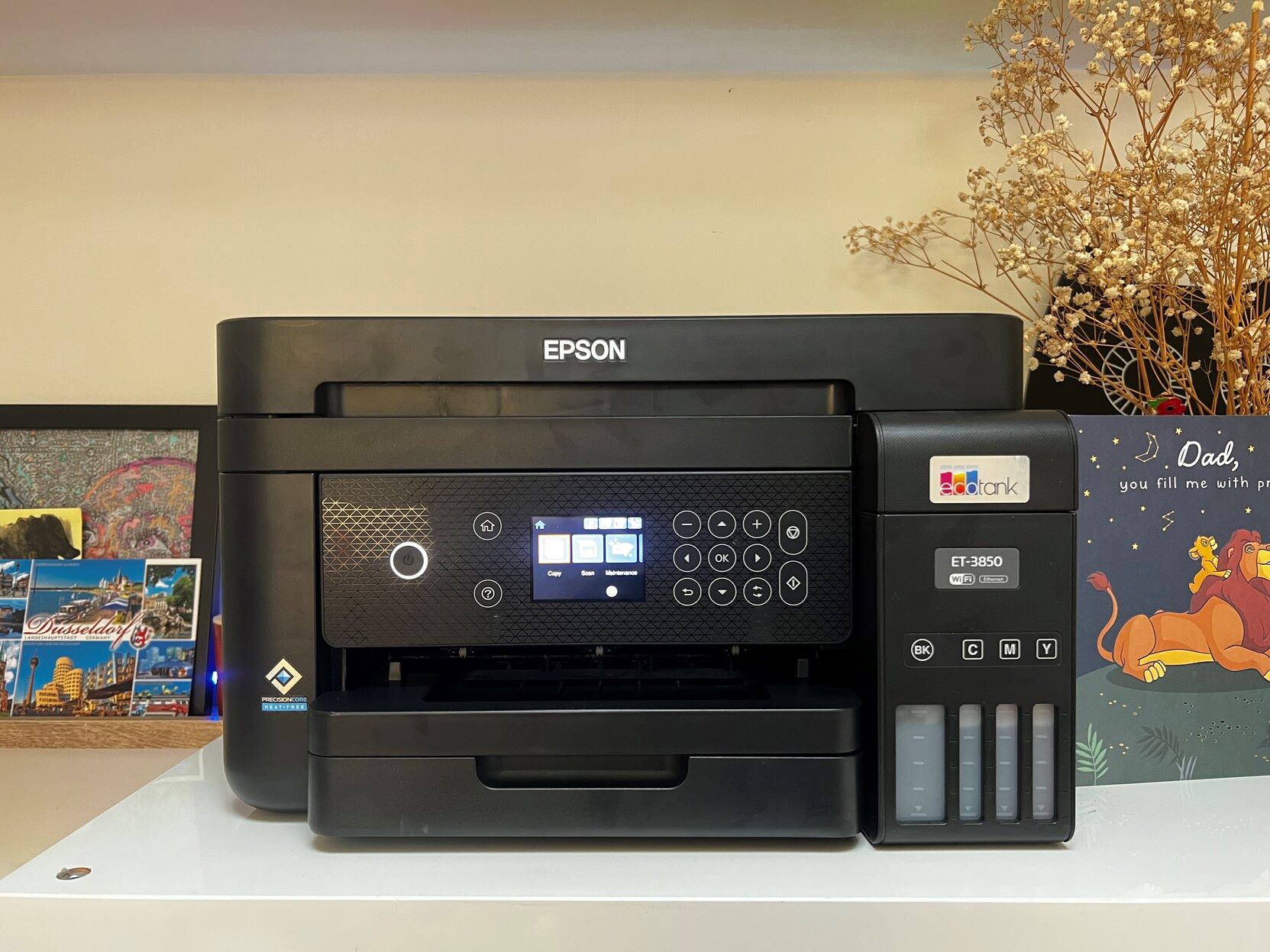

0 thoughts on “What Is A Printhead On A Printer”